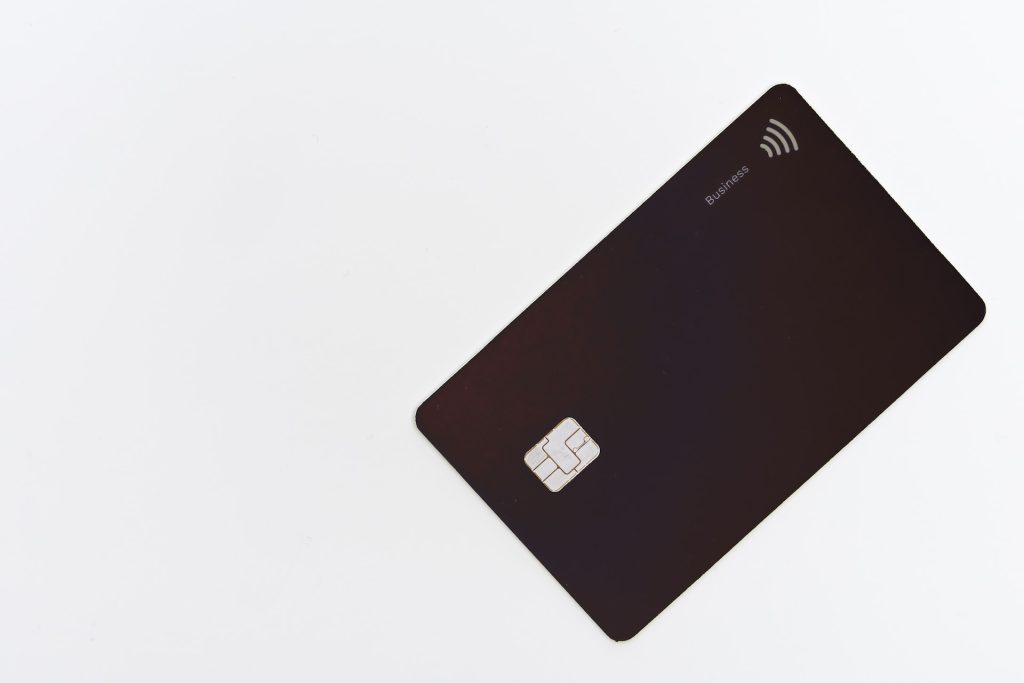Credit card fraud is an alarming issue that affects many people worldwide. In an increasingly digital age, credit card data theft has become more prevalent and more sophisticated. Hence, it’s crucial to understand how to report credit card fraud when you become a victim of it. This comprehensive guide outlines the steps you need to follow to report credit card fraud, ensuring that you’re adequately protected and that the incident is handled swiftly and effectively.
Step 1: Identify Suspicious Activity
Credit card fraud typically begins with irregular or suspicious activity on your account. You may notice charges that you do not recognize or amounts that don’t match your expenditure. If you see any unfamiliar transactions, it’s essential to act immediately.
Most credit card companies provide online and mobile account access, which allows you to review your credit card transactions regularly. Some even offer real-time alerts for any activity on your account, helping you catch fraudulent charges as they occur. Make it a habit to review your statements routinely, as some fraudulent charges can be small and easily overlooked.
Step 2: Contact Your Credit Card Issuer
Once you’ve identified suspicious activity, the next step is to report it to your credit card issuer. Most credit card companies have 24/7 fraud hotlines that you can call. When reporting the fraud, provide as much information as you can about the suspicious charges – the amount, date, and location (if available) of the transaction. The credit card issuer will likely block your current card to prevent further fraudulent charges and issue you a new one.
Remember to note down the name of the person you spoke with, the time of the call, and any reference number associated with your report. This information can be vital if there are any discrepancies or issues later on.
Step 3: Report to Local Law Enforcement
While reporting the fraud to your credit card company is crucial, you should also report the incident to local law enforcement. Law enforcement agencies can help track down the culprits and also provide you with an official report, which might be useful when disputing fraudulent charges. When making the report, bring all relevant information, including credit card statements showing the fraudulent charges.
Step 4: Report to Credit Bureaus
The next step in the reporting process is to contact the three major credit bureaus – Experian, Equifax, and TransUnion. You’ll need to report the fraud and request a ‘fraud alert’ on your credit report. A fraud alert makes it more difficult for an identity thief to open additional accounts in your name. It requires creditors to verify your identity before issuing credit in your name, either through calling you or taking other steps to confirm your identity.
It’s enough to report the fraud to one credit bureau. As per law, they are required to inform the other two bureaus. However, for peace of mind, you may choose to notify all three credit bureaus personally.
Step 5: File a Report with the Federal Trade Commission (FTC)
The FTC does not investigate individual cases of credit card fraud but tracks them to identify patterns and trends in fraudulent activities. By reporting your case to the FTC, you contribute to their efforts to fight against credit card fraud.
You can file a report with the FTC online at their IdentityTheft.gov website or by phone. As part of the reporting process, you’ll create an Identity Theft Report, which can help you when dealing with creditors or any credit reporting errors that may occur as a result of the fraud.
Step 6: Document Everything
Documentation is an essential part of reporting credit card fraud. Keep a record of all your communications regarding the fraud – including dates, times, names, and the content of the conversations. Keep a copy of all letters, emails, and reports sent or received. These records can be crucial if there’s a dispute about how the matter was handled or if the fraud appears on your credit report in the future.
Step 7: Follow up and Monitor Your Credit Report
After reporting credit card fraud, your responsibility doesn’t end. You need to follow up on all pending matters, ensure that you receive your new card, and that all fraudulent charges have been removed from your account. Regularly review your credit report and immediately report any discrepancies.
It’s also a good idea to review your account statements regularly and closely monitor your credit report for unusual activity for at least a year after you report the fraud.
In conclusion, credit card fraud can be stressful, but knowing how to report it effectively can make the process more manageable. By following these steps, you can help limit the damage caused by credit card fraud and protect your financial health.






